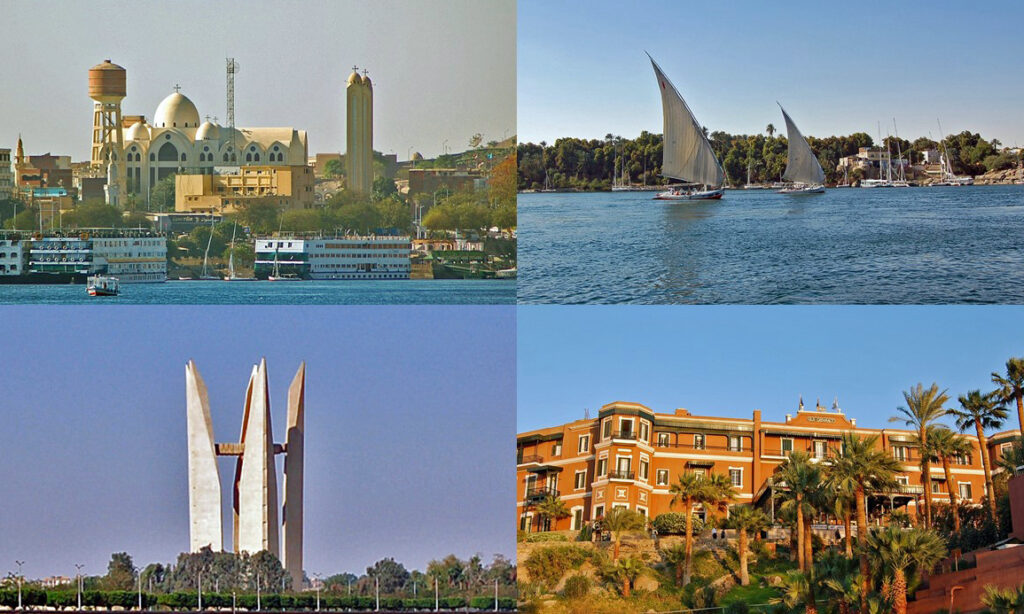Today, continuing with places to go during Indiana winters, we will visit Aswan, Egypt, with an average high temperature in February of 77 degrees, with no rain.
Aswan, originally named Swenett, is located along the Nile River at the first (northern most) of its granite outcroppings known as “cataracts.” Because the cataracts made river travel further south difficult, Swenett defined ancient Egypt’s boundary with Nubia. Because of extensive granite deposits near the surface, Swenett’s granite quarries produced obelisks and enormous granite blocks that were transported hundreds of miles north on the Nile. Because Swenett lies very near the Tropic of Cancer, where the sun is directly overhead on the summer solstice, its location was important to ancient geographers.
Today, Aswan, with a population of about 350,000, is an important tourist destination. Just south of the city is the two-mile-long Aswan High Dam, erected with Russian support between 1960 and 1970 to control Nile flooding. The 230-foot-tall Lotus Tower near the dam commemorates Egyptian/Russian friendship. Nearby is a wonderfully preserved temple to Isis, originally built by the Greeks on the Island of Philae and moved to higher ground to escape the waters of Lake Nasser, created by the dam. Feluccas, graceful traditional boats propelled by both oars and sails, take visitors to the temple and other sites along the river, including Elephantine Island, reportedly once the site of a Jewish temple and now the site of a Nubian village. At night, Aswan’s famous spice market, which sells much more than spices, teems with visitors, who can engage horse-drawn carriages for trips around the city. Many visitors come to Aswan on Nile River boats shuttling between Luxor and Aswan. Guests can stay at the five-star Old Cataract Hotel, where Agatha Christie wrote part of “Death on the Nile,” sipping afternoon tea on a terrace overlooking the Nile.

Comments are closed.